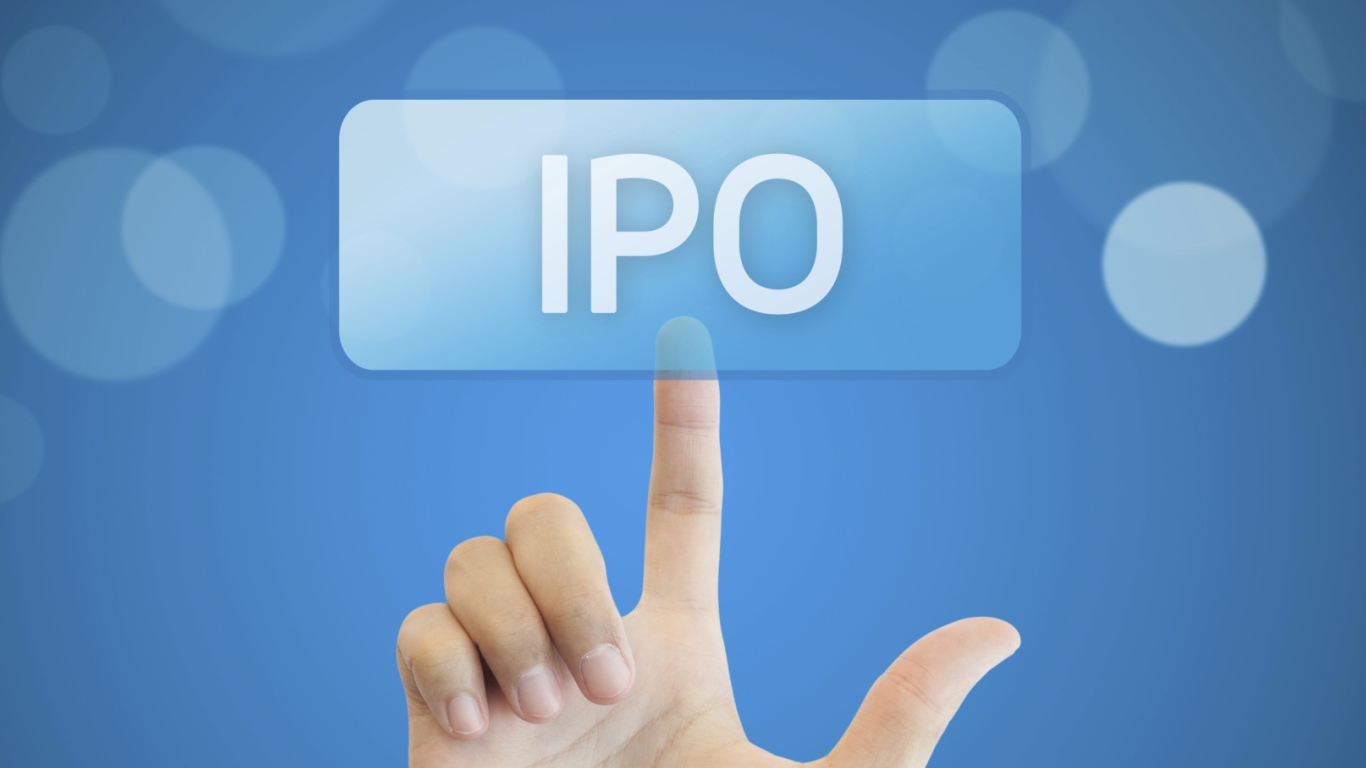
Better late than never. That’s one way to look at the initial public offering (IPO) for Bloom Energy Corp. (NYSE: BE). The alternative energy company priced its 18 million share IPO at $15.00 per share, after its pre-IPO range had been set at $13 to $15 per share.
The market was braced for a strong opening price. Its pre-opening price ranges were first listed as $16 to $18, then $17.50 to $18.50, and then $18.50 to $19.50. Bloom Energy’s opening price was listed as $18.70.
Bloom Energy has developed a distributed and on-site electric power solution that targets the electric power market. Its Bloom Energy Server is a stationary power generation platform is capable of delivering “highly reliable, uninterrupted, 24×7 constant (or base load) power that is also clean and sustainable.” The server converts standard low-pressure natural gas or biogas into electricity through an electrochemical process without combustion. This is brought by high conversion efficiencies and lower harmful emissions than conventional fossil fuel generation. The company’s reference to traditional power and other alternative energy sources says:
A typical configuration produces 250 kilowatts of power in a footprint roughly equivalent to that of half of a standard 30 foot shipping container, or approximately 125 times more space-efficient than solar power generation. 250 kilowatts of power is roughly equivalent to the constant power requirement of a typical big box retail store.
The company’s customer base is said to include 25 of the Fortune 100 companies as of March 31, 2018. Its locations are in 11 U.S. states, as well as in Japan, India and South Korea. Some of Bloom Energy’s largest customers include AT&T, Caltech, Equinix, Home Depot, Kaiser Permanente and Wonderful Company.
JPMorgan and Morgan Stanley were hired as Bloom Energy’s joint lead book-running managers for the IPO. Book-running managers were listed as Credit Suisse, KeyBanc Capital Markets and Merrill Lynch, and the IPO’s co-managers were Robert W. Baird, Cowen, HSBC, Oppenheimer and Raymond James.
As with every traditional IPO, Bloom Energy has an overallotment (greenshoe) option for underwriters. The company granted its underwriters a 30-day option to purchase up to 2,700,000 additional shares at the initial public offering price less underwriting discounts and commissions.
As a reminder, Bloom Energy shareholders will have almost no voting power and will have almost no access to influencing management and the larger holders due to its dual-class, via Class A and Class B, common shares. The A-shares are being sold to the public and the B-shares are effectively considered the founder shares. Bloom Energy’s IPO filing confirmed:
The rights of the holders of Class A common stock and Class B common stock are identical, except with respect to voting and conversion rights. Each share of Class A common stock is entitled to one vote per share. Each share of Class B common stock is entitled to ten votes per share and is convertible into one share of Class A common stock. Outstanding shares of Class B common stock will represent approximately 98% of the voting power of our outstanding capital stock immediately following the completion of this offering, with our directors, executive officers, and 5% stockholders, and their respective affiliates, holding approximately 95%, assuming in each case the purchase of shares pursuant to the indications of interest described below and no exercise of the underwriters’ option to purchase additional shares.
Quarterly revenues ending June 30, 2018, are estimated to be in the range of $167.0 million to $170.0 million (up 92.4% to 95.9% from the quarter that ended June 30, 2017). Its so-called non-GAAP profit from operations is estimated to be in the range of $1.0 million to $3.5 million, up $34.1 million to $36.6 million from a loss from operations of $33.1 million for the quarter that ended June 30, 2017. Bloom Energy did note the following about revenues and earnings:
The estimated increase in total revenue for the three months ended June 30, 2018 relative to the three months ended June 30, 2017 was greater than the approximately 11.1% increase in associated acceptances over that same time period because we expect a higher mix of acceptances where we recognized revenue upfront versus ratably and because of the renewal of ITC in 2018. We estimate that all of our acceptances will be recognized upfront for the three months ended June 30, 2018, while the number of acceptances for the three months ended June 30, 2017 where revenue was recognized upfront was approximately 69% of acceptances. … This increase (in non-GAAP earnings) was driven by the increase in revenue as mentioned above and the cost reductions achieved over the past year.
Bloom Energy is FINALLY public.
Take Charge of Your Retirement In Just A Few Minutes (Sponsor)
Retirement planning doesn’t have to feel overwhelming. The key is finding expert guidance—and SmartAsset’s simple quiz makes it easier than ever for you to connect with a vetted financial advisor.
Here’s how it works:
- Answer a Few Simple Questions. Tell us a bit about your goals and preferences—it only takes a few minutes!
- Get Matched with Vetted Advisors Our smart tool matches you with up to three pre-screened, vetted advisors who serve your area and are held to a fiduciary standard to act in your best interests. Click here to begin
- Choose Your Fit Review their profiles, schedule an introductory call (or meet in person), and select the advisor who feel is right for you.
Why wait? Start building the retirement you’ve always dreamed of. Click here to get started today!
Thank you for reading! Have some feedback for us?
Contact the 24/7 Wall St. editorial team.
 24/7 Wall St.
24/7 Wall St.



